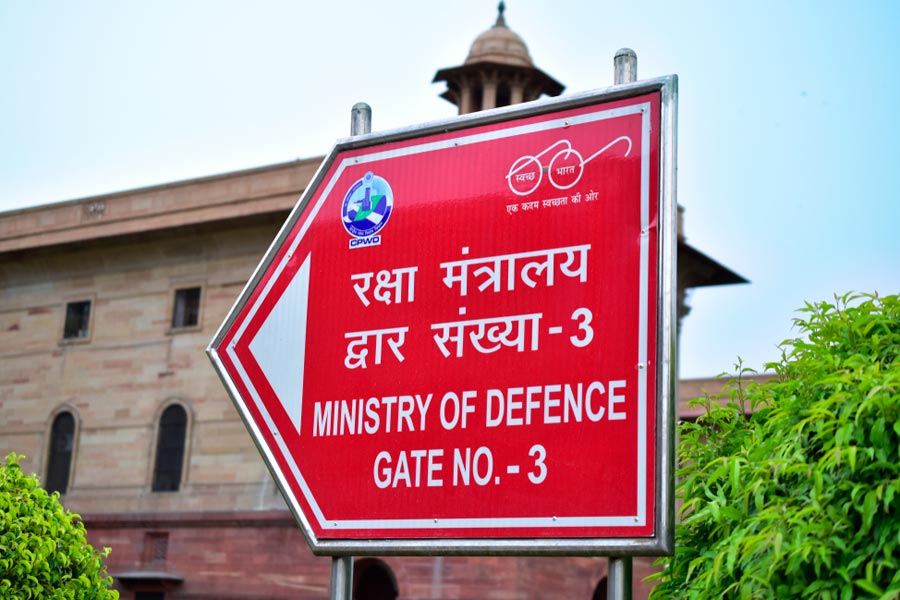 |
New Delhi, Nov. 23: People who frequently take slightly higher-than-prescribed doses of paracetamol to relieve pain are at higher risk of dying from side-effects of the drug than people who consume one-time massive overdoses, a British study suggests.
Doctors have known for decades that a massive overdose of paracetamol, a drug widely used to combat fever and pain, can lead to life-threatening acute liver failure. But the new study shows that even staggered but slight overdoses of paracetamol can also be lethal.
Researchers at the University of Edinburgh, who treated 663 patients with paracetamol-induced liver injury over a 16-year period, have observed a mortality rate of 37 per cent among patients exposed to staggered slight overdoses, but a mortality rate of 28 per cent among those who had taken single massive overdoses.
Their findings appeared yesterday in the British Journal of Clinical Pharmacology.
Patients prescribed paracetamol for chronic pain may expose themselves to staggered overdoses, doctors say. “The damage builds up over time, and the effect can be fatal,” said Kenneth Simpson, a physician at the university’s division of clinical and surgical sciences, and lead author of the study.
“People need to monitor how much paracetamol they are taking — no more than 4 grams per day,” Simpson told The Telegraph through email. “They should not take two types of analgesia if they contain paracetamol.”
Pharmacology specialists who were not associated with the study said the findings might also be relevant to India and other countries where some fixed dose combination drugs contained paracetamol as one of their ingredients.
“A patient who takes a tablet of paracetamol for fever along with a cold-and-cough medication which also contains paracetamol might be at risk of an overdose,” said Chandra Gulhati, editor of the Monthly Index of Medical Specialities, India, an independent journal of drugs.
Doctors define a massive overdose as the consumption of greater than 4 grams of paracetamol at a single time point, while a staggered overdose involves ingestion of two or more higher-than-prescribed doses over a time interval of greater than eight hours resulting in a cumulative dose of greater than 4 grams per day.
The Edinburgh team examined 161 patients who had taken a staggered overdose among 663 patients admitted with severe liver injury induced by paracetamol. They found that patients with staggered overdoses were more likely to have encephalopathy and require renal replacement therapy or mechanism ventilation than patients with massiver overdoses.
A doctor involved in India’s pharmacovigilance network tracking adverse effects of drugs said a staggered overdose of paracetamol does not appear to be common in India.
“We treat on average perhaps five patients every year for acute paracetamol poisoning,” said Chandrasekaran Adithan, a professor of pharmacology at the Jawaharlal Institute of Postgraduate Medical Education and Research, Pondicherry. “But we have not admitted any patients with staggered overdoses,” he said.
Adithan said the Edinburgh researchers themselves have pointed out some limitations in their study. The patients with staggered overdoses had a higher average age (39 years in contrast to 32 years) and had higher proportion of people consuming alcohol than patients who had taken the single massive overdoses.
“The higher rates of alcohol consumption could have influenced the outcomes,” Adithan said.











